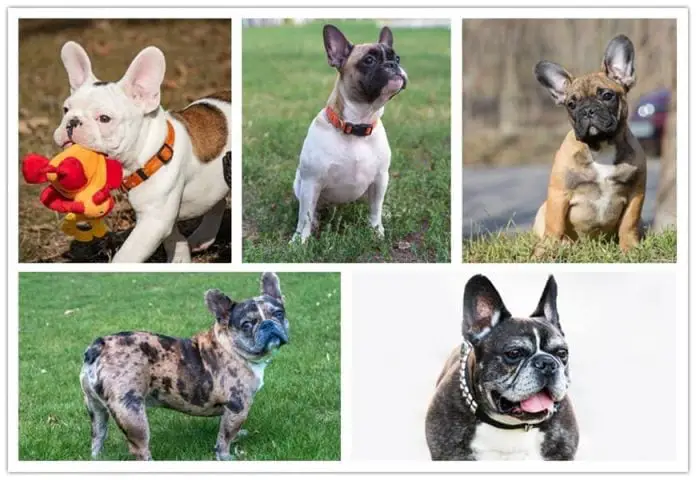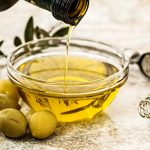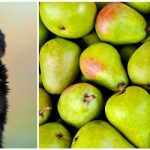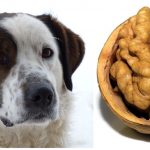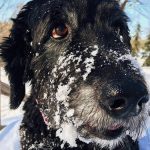French Bulldogs are a popular breed with large ears, a short nose, soulful expression and flat wrinkled face. They stand about 12″ tall and weigh up to 25 pounds. This breed has an energetic personality, but suffers from complex health issues. They may have problems with their breathing and eyes due to their face shape.
French Bulldogs are stocky and short in stature. They have narrow hips and a broad chest. What’s nice about French Bulldogs is that they are available in a wide range of colors. The tri color French Bulldog is one of these options.
French Bulldog Colors
According to the AKC, the acceptable colors in French Bulldogs include white, brindle, fawn, brindle and white and any color except white with black, black and white, black and tan, liver, mouse, and solid black. The colors of tri color French Bulldogs are based on different genes that work together to produce the gorgeous colors and patterns that this breed is known for.
Some genes are recessive, while others are dominant. A recessive gene is expressed when a puppy inherits it from both parents. The dominant gene is expressed if the puppy inherits a dominant gene from one and a recessive gene from the other. The puppy still carries the recessive gene andfuture generations may inherit it.
The desirability and rarity of colors and patterns in tri color French Bulldogs are important when it comes totheir price. This is why you should know how these genes interact. Here are the colors that you can choose from.
Brindle
Their coat is mostly dark in color and has lighter colored hairs that are spread either in a random or uniform manner. The lighter hairs or brindling may be extremely heavy or almost non-existent. A standard black brindle is the most common color and the least expensive. These dogs have white patches of different sizes on their chest, toes, neck area, and head.
Rare brindles are the chocolate brindles and blue brindles with yellow or golden eyes. Their black hairs become blueish gray due to the dilute gene that they get from both parents. They also have a grayish blue pigment on their pads and nose. Their eyes are usually light or medium brown in color with hints of green or gold.
Chocolate brindles have light brown or brown nails and noses. They can have a wide range of eye colors, including hazel, light brown and green.
Sable
They have fawn coats of different shades such as dark red mahogany and light honey. The tips of their hairs are black and their coat may also have black hairs. Many of them have tan points on their cheeks, brows and lower legs. Chocolate and blue sables have chocolate or bluish hairs. Dark blue sables look like the pure blues because their coat has no brindling.
Fawn
Their coat can be a dark reddish tan or light tan or anything in between. There’s no brindling in their coat. Most fawns are not uniform in color because the shade of their head, ears, back and sides is darker than the tint of their legs and lower body. A blue-fawn has grayish pads and nose and green/grey or brown eyes. They can be a dark apricot or light blue in color.
The following colors are disqualified in competitions, but they are expensive and beautiful:
- Chocolate and Tan
- Blue and Tan
- Black and Tan
- Pure Black
- Pure Chocolate
- Pure Blue
Pure chocolates and pure blues are rare because they have inherited the recessive dilute or chocolate gene and recessive black gene from both parents. If you are looking for a unique dog, you should consider the tri color French Bulldog. You may not be able to enter them in conformation competitions, but they’re as beautiful and healthy as the other French Bulldogs with common coloration.
Tri Color French Bulldog Temperament
They are eager to please. These lap dogs are friendly,loyal and loving and love being petted, so they will be willing to sleep or curl up on your lap.Tri color French Bulldogs are also smart and have an active mind.
They need mental stimulation to stay healthy. These dogs can benefit from positive reinforcement training. They may lookeasy-going, but they can show protectivebehaviors againstguests orstrangers. This is why you should socialize your tri color French Bulldog from a young age.
Your pup should get used to meeting different people. Visiting kids have to be aware that tri color French Bulldogs should be treated just like any other dog.
Health
Tri color French Bulldogs need to be potty trained. It is also important to consider their exercise needs. This breed is susceptible to breathing and overheating issues because of their facial structure. That is why you should not over exercise your dog.
Tri color French Bulldogs can’t get enough oxygen to stay cool,making them susceptible toheatstroke. You want to train your Frenchie to be sociable, but make sure that he doesn’t exert himself too much.
How to Avoid Tri Color French Bulldog Health Issues
Pedigree dogs like the tri color French Bulldogs can suffer from health issues due to their restrictedgene pool. This is why they tend to develop recessive diseases.You can avoid a lot of pedigree health problems by purchasing a pup from health tested parents. Health screening can be used to avoid some diseases that can affect French Bulldogs.
Parent dogs should undergo general eye checks to keep their eyes in great shape. Hereditary cataract, a common issue in French Bulldogs, can be checked through a DNA test. French Bulldogs may also develop the von Willebrand’s Disease, a condition that resembles hemophilia.
This breed may also suffer from hip dysplasia so the parents should undergo hip testing. You should ask the breeder for the hip scoring of both parent dogs.
Prudent puppy purchasing can help you avoid some of these health problems.






